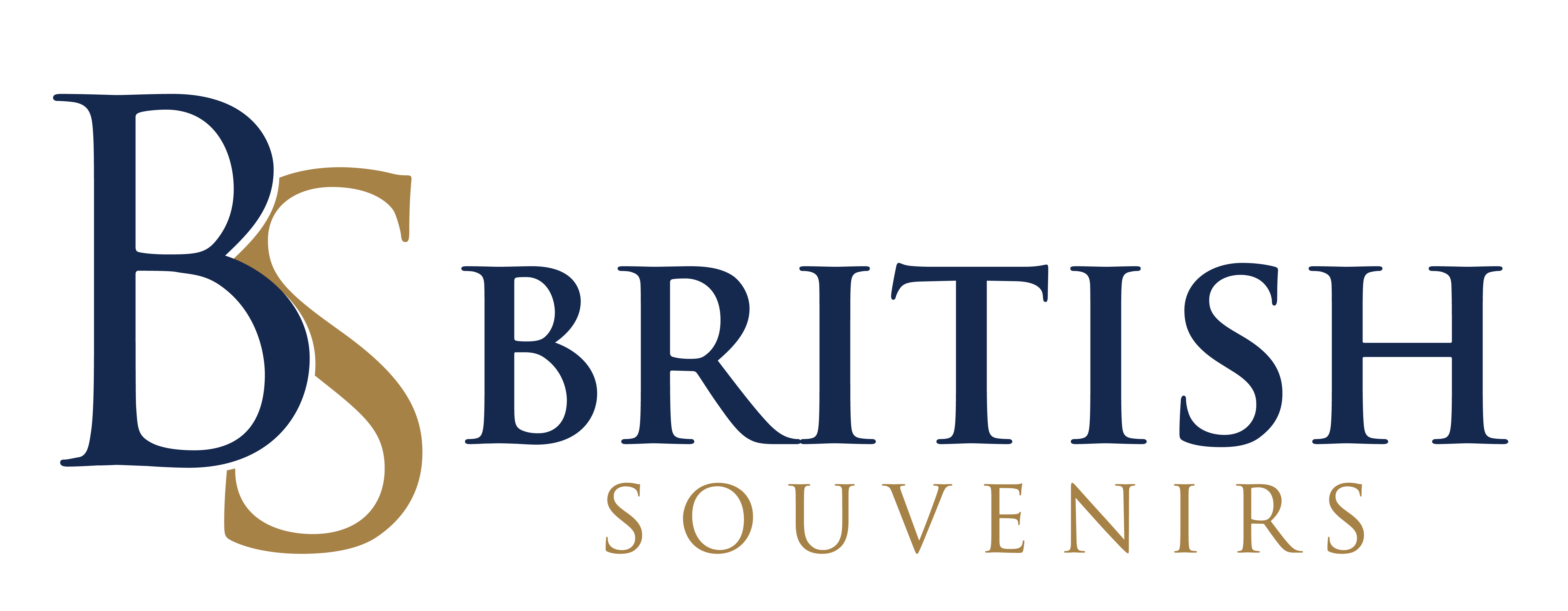In Norse culture, symbols were extremely significant. The Norse Vikings' faith was so deeply rooted in their philosophy and thought process that they did not have a word for religion. There was no distinction between faith and fact. All were influenced by cosmic powers and destiny. Thanks to the Marvel movies, nearly everyone now knows about Thor's hammer (Mjölnir), which was a common choice for Vikings to use in their jewellery.
The Vikings had letters as well, but the writing was considered sacred and even magical by the Vikings. Thus, even though the Norse culture was rich in poetry, tales, and songs, it was all passed down orally. The tales of Odin, Thor, Freya, and other Viking heroes that we now know were all passed down through the generations by careful word of mouth before being written down as sagas by Viking descendants centuries later.
They were all too familiar with the dangers of war. They lived in the wind, rain, heat, and cold, whether as warriors or as settlers. They relied on the land's bounty to feed their children. Throughout it all, they sensed the hand of destiny guiding all. They also thought that various symbols would help them overcome their problems.

You can find a wide variety of special Viking accessories, it is crucial to understand their meaning, as each ring they wore had a giant and special purpose, bringing power, strength and glory to their life. Symbols took an imperative section in Norse culture.
The origins of Norse mythology can be traced back to Proto-Norse Nordic prehistory. It flourished during and after the Christianization of Scandinavia in the High Middle Ages, and some parts of it have survived to the present day in Nordic folklore. The Romanticist York Viking revival's mythology affected modern literature and popular culture. The difference between symbols and motifs is merely one of formality.
A symbol is a well-known visual image that is almost always made in a particular manner. As a result, symbols are usually very plain (so that almost anyone can draw them). Do not be fooled by this; symbols are generally thought to be older and stronger than motifs or written words. Symbols include Mjölnir, the Valknut, Vegvisir (Viking Compass), Triskele (Horns of Odin) and the Helm of Awe. Motifs are much less formal, and they can differ greatly from one artist to the next.

Motifs are intended to evoke a memory, and although they can draw the gods' attention (particularly images of the gods' familiars, such as Odin's ravens or Freya's cats), they are not inherently "visual spells" in the same way that symbols are.
The Vikings had an oral culture and did not write anything with runes. Runes were heavy. They were rarely written on paper, as their enemies in France, Ireland, and England did; instead, they were carved into wood, stone, metal, or bone (hence their angular appearance). Most of the runes we have today are inscriptions on rune stones commemorating the lives of great rulers. To ensure defence and victory, runes were etched on amulets, talismans, beads, and shields.
The Runes are associated with god Odin, which he first found (after much pain and effort) at the Well of Destiny at the foot of Yggrassil. This discovery of runes indicated to the Vikings that they were not human-made tools, but rather a part of a greater, deeper truth

